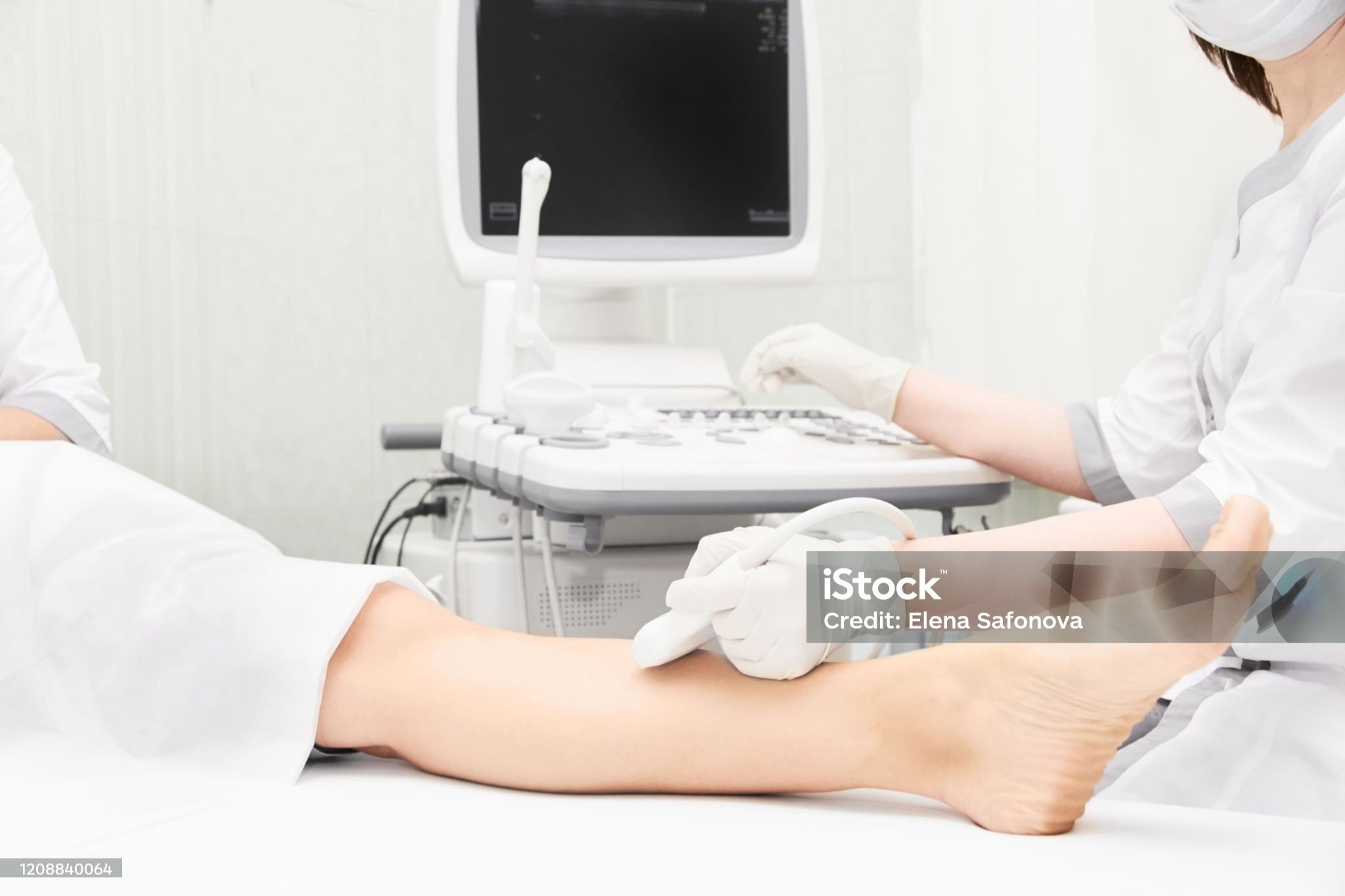Vascular Ultrasound: What Is It and How Does It Work?
Vascular Ultrasound: What Is It and How Does It Work?
When it comes to monitoring the condition of your veins and arteries, a vascular ultrasound can help. Whether you are showing signs of a vascular concern, have been diagnosed with a disease, or are striving to prevent a vascular illness from occurring in the future, a vascular ultrasound can give your healthcare provider a clear image of how well blood is flowing to the organs and tissues throughout your body. Here is what you need to know about how undergoing a vascular ultrasound at The Vascular Institute of the Rockies may benefit you.
What is Vascular Ultrasound?
Vascular ultrasound, also known as a duplex study, is a noninvasive procedure that uses sound waves to examine the blood flow of the veins and arteries in a person's arms, legs, and neck. This procedure is safe, fast, and painless. It is commonly performed by an ultrasound technician who has been specially trained to administer ultrasound tests. A radiologist or qualified physician will then interpret the results of the ultrasound.
How Does It Work?
Vascular ultrasounds do not use radiation in the way that an X-ray would. Instead, vascular ultrasounds are performed using a small probe, called a transducer, and special gel that is applied directly to the person's skin, allowing high-frequency sound waves to move from the probe, through the gel, into the person's body, and back into the probe. These sound waves are then transmitted to a computer where detailed images of the person's blood vessels and soft tissues are displayed.
Benefits of Vascular Ultrasound
Undergoing a vascular ultrasound can provide a variety of benefits to individuals who have been diagnosed with a vascular condition or who are interested in using it as a screening tool. Some of these benefits include:
Vascular ultrasounds can be used to monitor the condition of your veins and arteries along with diagnosing potential concerns. Your healthcare provider may recommend having a vascular ultrasound for many reasons, including:
Schedule Your Vascular Ultrasound at The Vascular Institute of the Rockies
Being aware of your vascular health has never been easier. With vascular specific ultrasound, your healthcare provider can evaluate both venous and arterial circulation. If you are having symptoms concerning for venous or arterial insufficiency, consult your primary care provider to discuss a potential referral to the specialists with the trusted team at The Vascular Institute of the Rockies.
Go Back When it comes to monitoring the condition of your veins and arteries, a vascular ultrasound can help. Whether you are showing signs of a vascular concern, have been diagnosed with a disease, or are striving to prevent a vascular illness from occurring in the future, a vascular ultrasound can give your healthcare provider a clear image of how well blood is flowing to the organs and tissues throughout your body. Here is what you need to know about how undergoing a vascular ultrasound at The Vascular Institute of the Rockies may benefit you.
What is Vascular Ultrasound?
Vascular ultrasound, also known as a duplex study, is a noninvasive procedure that uses sound waves to examine the blood flow of the veins and arteries in a person's arms, legs, and neck. This procedure is safe, fast, and painless. It is commonly performed by an ultrasound technician who has been specially trained to administer ultrasound tests. A radiologist or qualified physician will then interpret the results of the ultrasound.
How Does It Work?
Vascular ultrasounds do not use radiation in the way that an X-ray would. Instead, vascular ultrasounds are performed using a small probe, called a transducer, and special gel that is applied directly to the person's skin, allowing high-frequency sound waves to move from the probe, through the gel, into the person's body, and back into the probe. These sound waves are then transmitted to a computer where detailed images of the person's blood vessels and soft tissues are displayed.
Benefits of Vascular Ultrasound
Undergoing a vascular ultrasound can provide a variety of benefits to individuals who have been diagnosed with a vascular condition or who are interested in using it as a screening tool. Some of these benefits include:
- Detecting blood clots in the deep veins of the body, such as the legs, (DVT).
- Determine if arteries are narrowing and how severe the condition may be.
- Evaluate how well blood is flowing through veins and arteries
- Evaluate how a patient is doing after undergoing a procedure, such as having a stent placed.
- Diagnose venous insufficiency, a condition in which the valves inside of your veins may not be functioning well and causing swelling
Vascular ultrasounds can be used to monitor the condition of your veins and arteries along with diagnosing potential concerns. Your healthcare provider may recommend having a vascular ultrasound for many reasons, including:
- Evaluating varicose veins.
- Monitoring how your blood is flowing to certain organs and/or tissues.
- Locating blockages or other vascular abnormalities.
Schedule Your Vascular Ultrasound at The Vascular Institute of the Rockies
Being aware of your vascular health has never been easier. With vascular specific ultrasound, your healthcare provider can evaluate both venous and arterial circulation. If you are having symptoms concerning for venous or arterial insufficiency, consult your primary care provider to discuss a potential referral to the specialists with the trusted team at The Vascular Institute of the Rockies.
